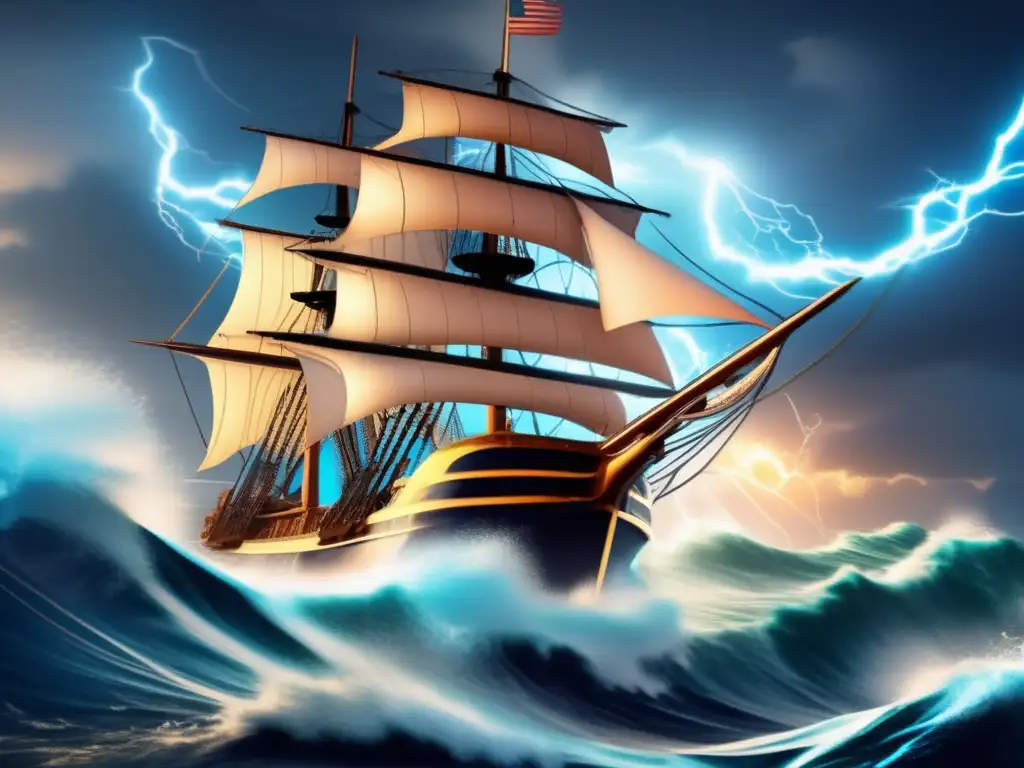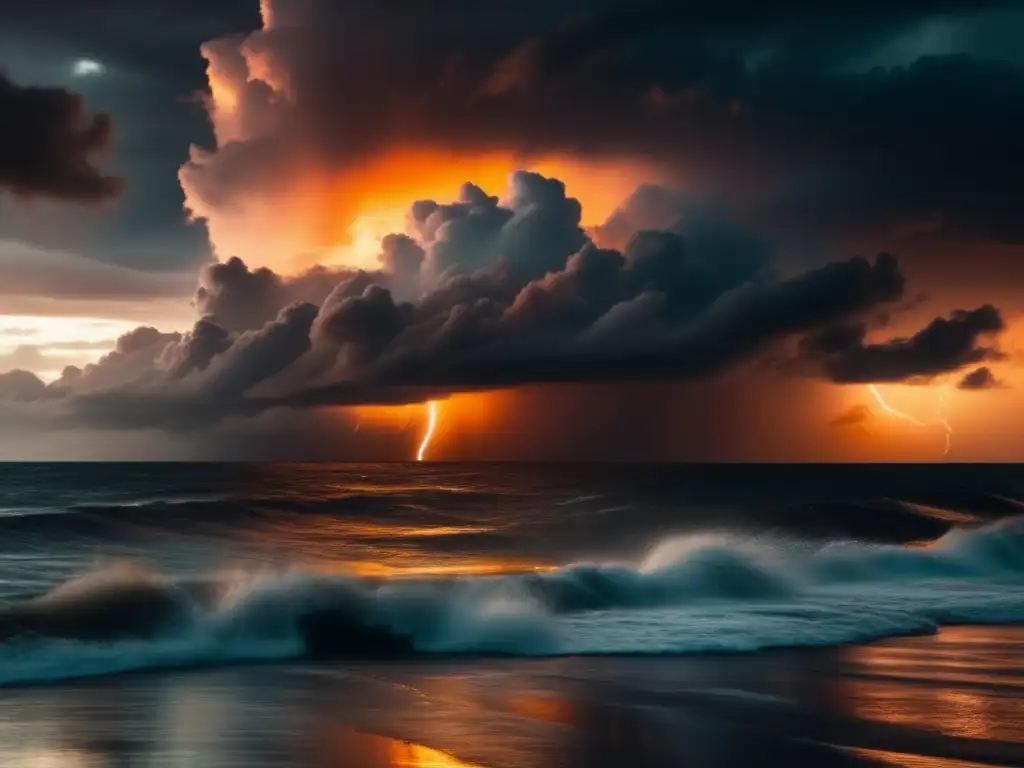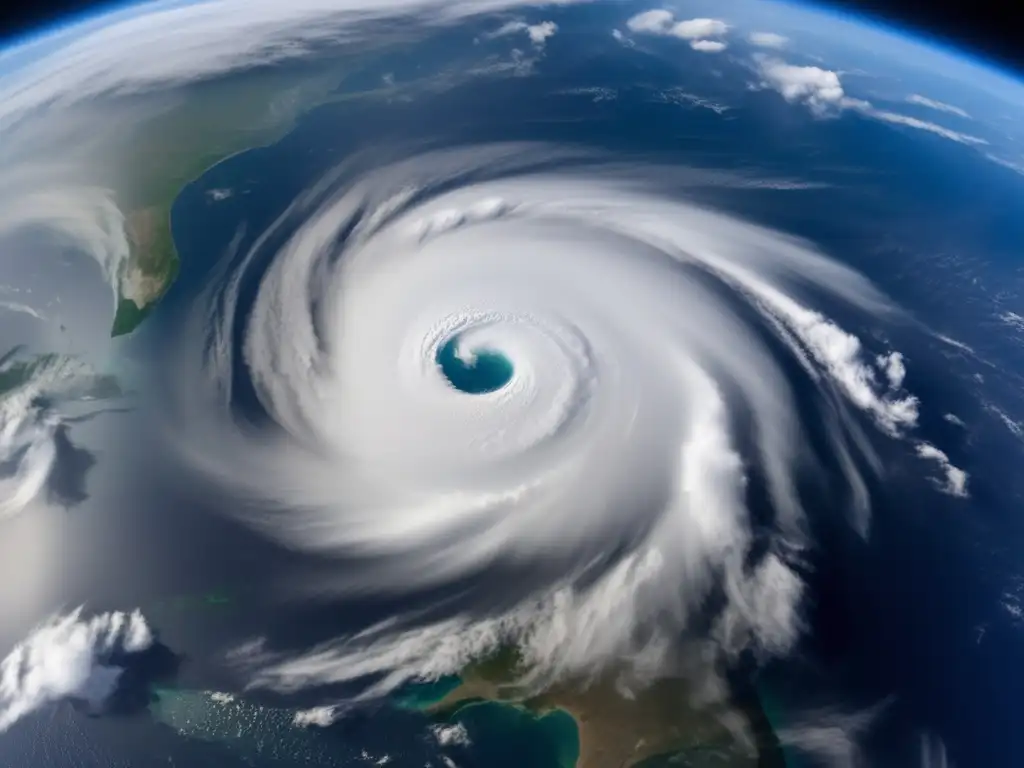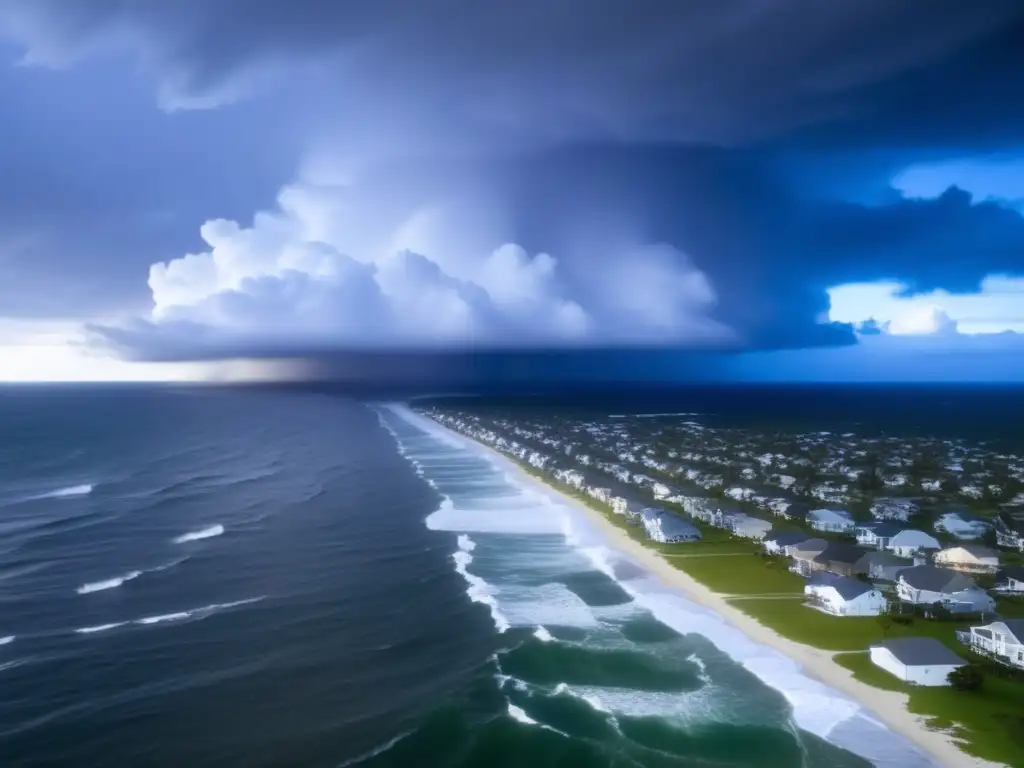A Timeline Of Hurricane Detection Methods

A Timeline of Hurricane Detection Methods
Introduction
Since the dawn of time, humans have been fascinated by natural disasters. Among them hurricanes, also known as typhoons or cyclones, are one of the most intriguing and destructive forces of nature. Early detection of these powerful storms is paramount for saving lives and minimizing damages. In this article, we will take a look at the timeline of hurricane detection methods and how they have evolved over time.
Ancient Methods

Observations of the Sky
Early civilizations relied on the observation of the sky to predict incoming storms. They looked for the signs of the changing weather patterns such as the formation of clouds, changes in wind direction, and the behavior of birds and animals. These observations were often tied to religious beliefs, and sacrifices were made to appease the gods and prevent disasters.
Astronomy
As early as 500 BCE, Babylonian astronomers developed a calendar that helped predict seasons, eclipses, phases of the moon, and celestial events, which were later used to predict the movement of storms. They created mathematical models to identify patterns and seasonal changes, which helped to improve their accuracy in predicting natural phenomena like the onset of storms.
Windmills and Barometers
In the 13th century, European sailors were equipped with windmills to help detect wind speeds and directions while at sea. Similarly, barometers were invented by Italian physicists Evangelista Torricelli in 1644 and Pierre Bouguer in 1749, which helped to measure atmospheric pressure and predict weather patterns. Both inventions played crucial roles in predicting the onset of hurricanes and other tropical storms because they were often preceded by changes in air pressure.
Early Modern Methods

The Telegraph and the Telephone
In the 19th century, the telegraph and later, the telephone became important tools for sharing weather data across great distances. The first cable for sending telegraph messages across the Atlantic was laid in 1858, connecting Europe and North America. This allowed meteorologists to share information about the movements of storms across the ocean.
Storm Warnings and Hurricane Hunters
In the early 20th century, the US Weather Bureau began issuing storm warnings to coastal communities, warning them of incoming storms. In the 1940s, the US Navy developed Hurricane Hunter aircraft that were specially equipped with instruments to measure temperature, wind speed, and pressure in and around storms. These planes flew directly into the eye of the storm to collect data, which helped predict the path and intensity of hurricanes.
Radar and Satellites
As technology advanced, radar and satellites became the significant hurricane detection tools of the latter half of the 20th century. Radar technology allowed meteorologists to detect rain within a storm system, and satellites provided a broad view of large areas, providing information about the size, shape, and movement of storms over long periods. Early satellites such as TIROS and Nimbus provided still images of entire weather systems, while more modern satellites like GOES and Meteosat provide live video imagery.
Current Methods

Computer Models
Today, computer models play a crucial role in predicting the path of hurricanes. These models use atmospheric data, past storm patterns, and current weather conditions to create predictions of the most likely path and intensity of a storm. The models allow meteorologists to issue detailed warnings, helping people prepare for the upcoming storm and evacuate if necessary.
Drones and Artificial Intelligence
Recent advancements in drone technology and artificial intelligence are revolutionizing the way hurricanes are detected and monitored. Drones can be used to fly into the eye of a storm and collect weather data that would otherwise be inaccessible. AI is used to analyze vast amounts of data collected from satellites, radar, and other sources to predict the movement and severity of storms.
Social media has also played a significant role in hurricane detection and preparation. People living in hurricane-prone areas can share real-time updates and photos of the impact of a storm, allowing meteorologists and emergency responders to track and respond to the situation more accurately.
Frequently Asked Questions

-
What are the most common tools used to detect hurricanes?
The most common tools for detecting hurricanes are computer models, radar, and satellites. These tools allow meteorologists to track the size, shape, and movement of hurricanes over long periods.
-
When were the first hurricane hunters invented?
The first hurricane hunters were developed in the 1940s by the US Navy. They were specially equipped aircraft that collected data on temperature, wind speed, and pressure inside and around storms.
-
How have drones been used to detect hurricanes?
Drones can fly into the eye of a storm to collect weather data that would otherwise be inaccessible. This data is then used to improve predictions of the severity and path of a hurricane.
-
Why is it important to detect hurricanes early?
Early detection of hurricanes is essential for saving lives and minimizing damages. It allows people to prepare for the storm, evacuate if necessary, and take measures to protect their homes and property.
-
What are the most recent technological advancements in hurricane detection?
The most recent technological advancements in hurricane detection include the use of drones, artificial intelligence, and social media. These tools help meteorologists to make more accurate predictions and prepare for storms better.
Conclusion
Over the centuries, technology has dramatically improved our ability to detect and track hurricanes. From early methods that relied on observations of the sky to modern tools like drones and computer models, each advancement has provided us with new insights into these powerful phenomena. As a result, we can now provide early warnings, prepare for incoming storms more effectively and minimize damages. It's important to remember, however, that no technology is foolproof, and hurricanes remain highly unpredictable.
As such, it's essential for individuals living in hurricane-prone areas to stay informed about the latest hurricane detection methods and preparedness measures. By doing so, we can all work together to minimize the impact of these dangerous storms and keep our communities safe.
Additional Resources

 How Hurricanes Can Trigger Earthquakes
How Hurricanes Can Trigger Earthquakes Storm Surge: The Deadliest Aspect Of Hurricanes
Storm Surge: The Deadliest Aspect Of Hurricanes The Science Behind Hurricane Names
The Science Behind Hurricane NamesIf you want to discover more articles similar to A Timeline Of Hurricane Detection Methods, you can visit the Basic knowledge about hurricanes: category.
Leave a Reply

Articulos relacionados: